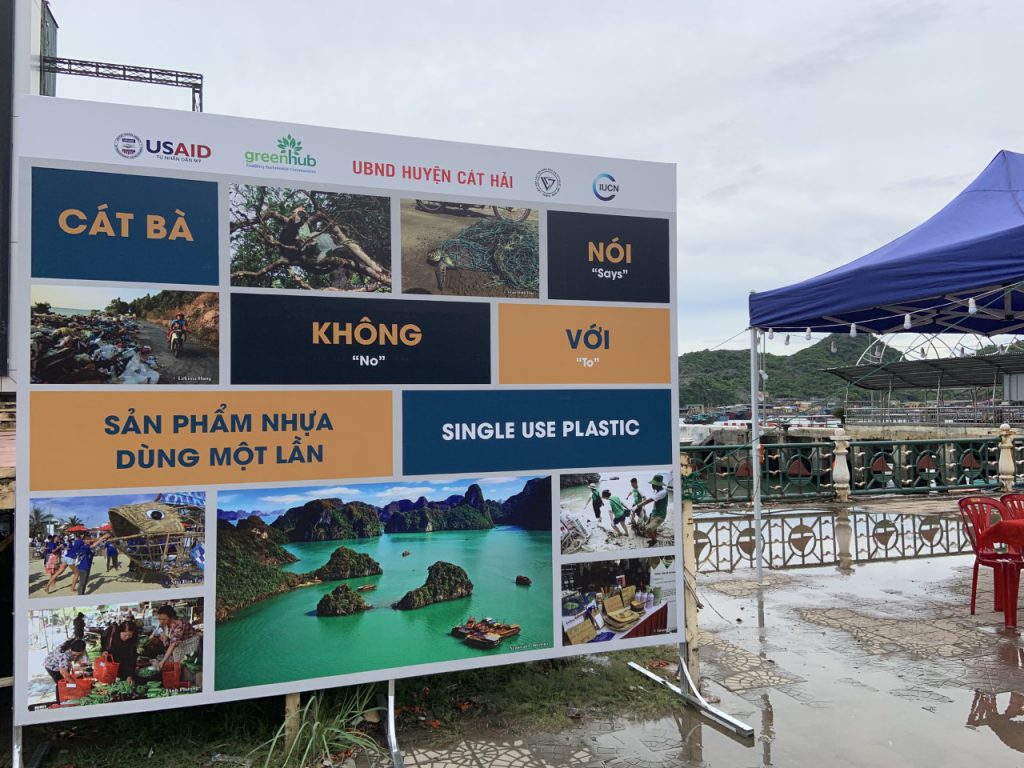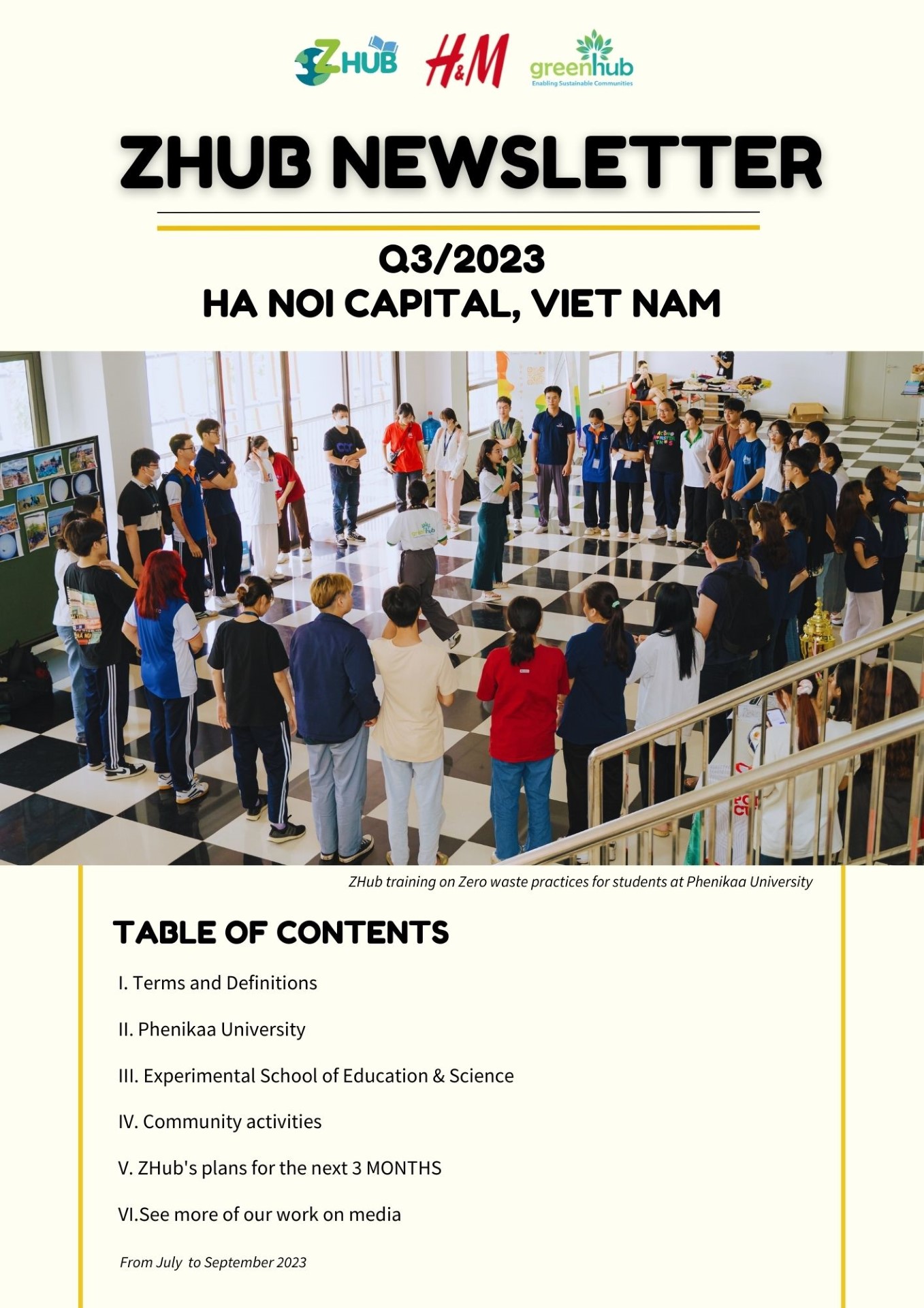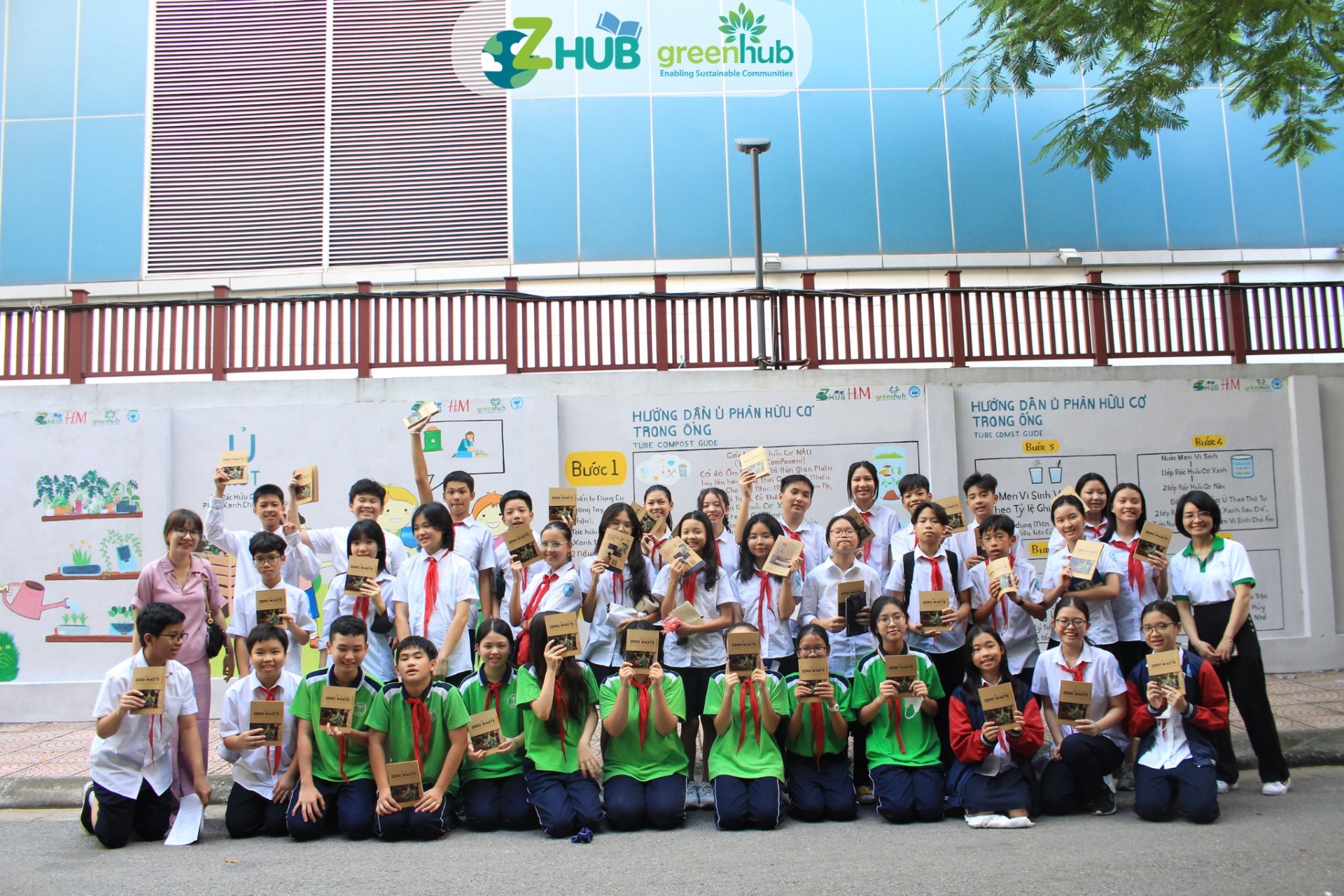Soaring limestone karsts with broad brushstrokes of verdant green dominate the landscape. A hawk catches the wind and glides effortlessly, dancing amongst the clouds. The splash of oars against the side the kayak, the only sound. And then the spell is harshly broken. Another large tourist boat speeds past. Its whitewash sending plastic bottles and broken styrofoam indiscriminately in its oily wake.
The ongoing use and protection of UNESCO World Heritage site, Ha Long Bay, is a precarious balancing act. Supporting the livelihoods of local fishing villages and the booming tourist trade, whilst preserving the incredible natural landscape is a complex task. Arguably, the biggest challenge at present is how to address the mounting plastic pollution problem that is plaguing the area.

GreenHub recently co-sponsored a workshop on Cat Ba Island to explore how to combat plastic pollution. Alongside co-sponors, the International Union for Conservation of Nature (IUCN) and the Vietnam Union of Science and Technology Association (VUSTA), the workshop brought together local businesses, government bodies and not-for-profits, to discuss opportunities for collaboration in managing plastic pollution in Ha Long Bay. Additionally, the Party’s Resolution No. 36 on strategy for the development of a sustainable marine economy was debated.
GreenHub’s director, Hoa Tran, presented a key note address on the need to involve a broad coalition of actors to combat plastic pollution. In particular, Hoa spoke passionately about the need for local businesses and entrepreneurs to be actively involved in mitigating plastic waste. Local businesses play an important role in limiting the amount of plastic waste that is generated and used by tourists; while local entrepreneurs are required to develop innovative solutions to combat the amount of plastic currently in circulation. Fighting plastic pollution requires collective action and collaboration from a wide-range of actors.

One local business leading the way is the Sea Pearl Hotel, the location of the workshop. Sea Pearl has introduced garbage classification, banned plastic bottles, and introduced green incentives for its customers. Stopping plastic use at its source is one of the most effective ways to limit plastic pollution. Local momentum is growing: 15 local providers of tourist boats and kayaks are taking part of a pilot with the Ha Long Bay Management Board to stop using plastic bags and bottles from August 1. The tourism industry is one of the largest beneficiaries from the location’s natural beauty, as well as one of the largest contributors to the problem of plastic waste. As such, it is only right that tourism companies play a leading role in championing solutions to limit plastic pollution. It is hoped that this pilot can be scaled up to include additional providers in the near future.
These actions are supported by the People’s Committee in Cat Hai district who announced a plan to minimise the amount of plastic waste. Their goal is to stop the use of single-use plastic products in 2019-2020 and reduce plastic waste in the district by at least 50% by 2020. All state agencies will be required to stop using single-use plastics with a goal of 70% of all tourist providers also using environmentally friendly products.

In conjunction with the workshop, a public exhibition was held in the main Cat Ba square. This exhibition showcased the many ways individuals can incorporate plastic free living into their daily lives. A range of local businesses, including GreenHub, held stalls that both provided information on the impacts of plastic waste while also providing empowering people to start making changes in their day-to-day life. For example, products made from plastic alternatives, such as bamboo, unused textile scraps or recycled materials were on sale.

Many of the initiatives and policies presented at the workshop have the potential to transform Vietnam’s coastal and marine environments. With growing awareness and local participation to address plastic pollution, change is afoot. However, the rate and scale of action required to mitigate plastic pollution must be rapidly scaled up and addressed at all levels by a variety of actors. The extent to which plastic pollution is successfully managed in Ha Long Bay underpins its future economic success and will determine whether the competing interests of fishing, tourism and conservation can co-exist long-term.


